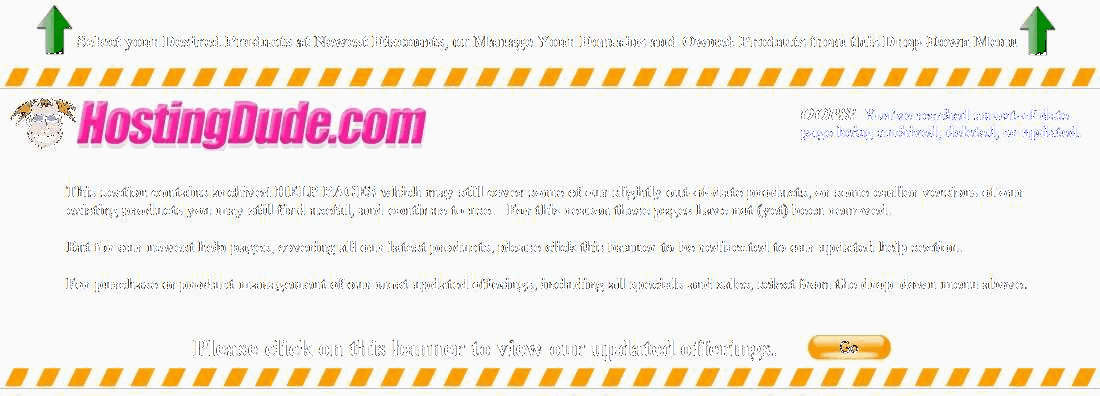Common Web Page Errors
HTTP status codes are three-digit numbers that provide Web browsers with information about the page's status. You might see some of these errors while browsing the Internet, or you might have received them in your own hosting account.
Here's a quick guide to help you understand the most common error codes with suggestions for what to do to fix the error:
- 400 — Bad Request
- The Web server couldn't parse a malformed script. Most often, programming problems cause this issue. You should talk to your developer or software provider for help resolving this issue.
- If you receive this error with a Value Applications application, contact our support department.
- 401 — Authentication Required
- This page requires a user name and password to access it. If you try to access it without it, you get a 401 — Authentication Required message.
- 403 — Forbidden
- Forbidden errors display when somebody tries to access a directory, file, or script without appropriate permissions. For example, if a script is readable only to the user and others cannot access the file, they'll see a 403 error.
- Invalid index files and empty directories can also cause 403 errors. For more information, see What file displays when someone browses to my domain name?.
- 404 — Not Found
- If visitors access URLs that don't exist, they receive 404 errors. The cause can be anything from invalid URLs, missing files, or redirects to URLs that no longer exist.
- 500 — Internal Server Error
- This is a very general error that means there's a problem with the website displaying, but the details aren't readily available. Invalid
.htaccessfiles, or invalid rules in them, commonly cause 500 errors with Linux® hosting accounts. With Windows®, it's most commonly invalid requests through aweb.configfile. - To find out what causes the issue:
- Linux — Review your Apache® error logs.
- Windows — Enable detailed errors in your
web.configfile.
For more information, check out the list of status code definitions at W3.org:
http://www.w3.org/Protocols/rfc2616/rfc2616-sec10.html





